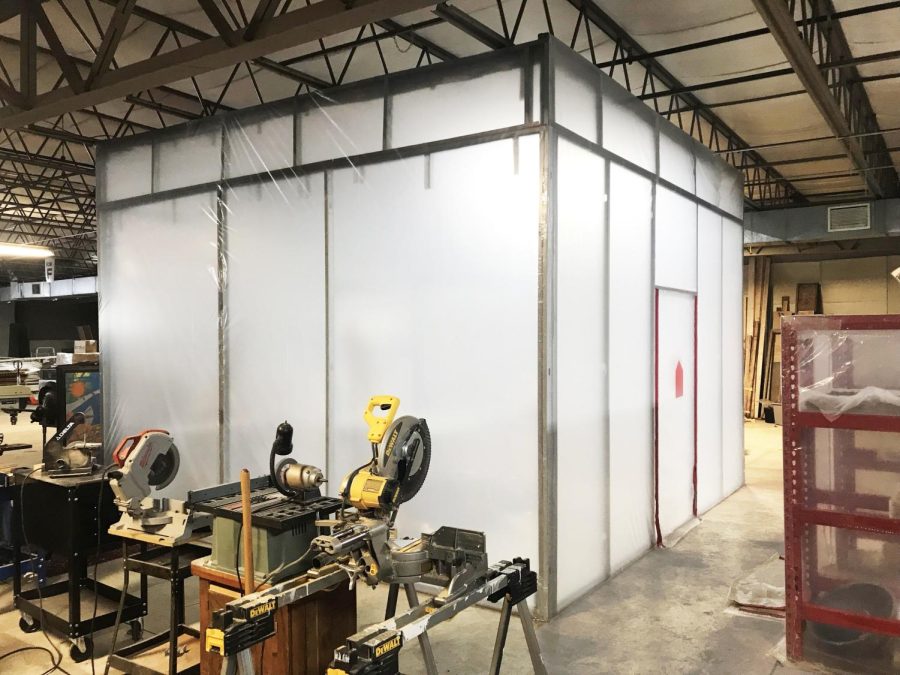Rebuilding Cleveland one fungi at a time
July 18, 2018
In today’s ever-changing world, it’s crucial to develop new and innovative methods for changing and reconstructing the world around us.
The city of Cleveland is littered with abandoned and deteriorated homes, which can create an aura of concern surrounding the Cleveland’s economic stability and public safety.
Kent State adjunct architecture professor and Cleveland native Christopher Maurer has been working hard to develop new ideas to help the city deal with it’s complex housing crisis.
Maurer is also the founder and principal architect at Redhouse Studio, a humanitarian design firm that works with other architects and researchers to develop new ideas and bioterials.
To help rebuild Cleveland, Maurer is proposing the method of biocycling, a process that uses microorganisms like fungi to bind together organic material.
“This can make composites similar to Medium Density Fiberboard or Laminated Veneer Lumber without glues or resins that can lead to Volatile Organic Compound off-gassing,” Maurer said. “We take waste demolition materials and sort out the woods, chip up the woods, sterilize the chips, inoculate them with the bio-binders, let the inoculated substrate grow and compact the fused material.”
Maurer’s work with biocycling ties in very closely with his time as an adjunct professor at Kent State.
“I taught a couple design studios at the College of Architecture and the last one I taught was based in Cleveland,” Maurer said. “My students designed and helped with the renovation of an abandoned home in a blighted neighborhood in Cleveland.
The work from the renovation resulted in the Maurer and his students filling up five dumpsters worth of material that could be reusable, which lead to him coming to the idea of biocycling.
“We made trips to the landfill personally and seeing the waste being trucked in continuously was hard to watch,” Maurer said. “It became clear then that there should be a better way to deal with the waste.”
Maurer’s research has found that many cultures work hard to limit waste and reuse all the materials they can. That idea normally doesn’t work in the United States, however, since it’s much easier and cheaper to use a landfill rather than reuse and recycle.
Maurer and Redhouse Studio are not the only ones attempting to recycle materials more. Mycoworks is a San Francisco-based company that makes leather out of fungi and commercializes using bioterials.
“It’s starting to catch on,” Maurer said. “That said, when we claim we can recycle buildings with mushrooms people are a little suspicious. I usually have a sample and some photos with me that turn suspicion into curiosity and even excitement fairly quickly.”
For Maurer, the ultimate end goal for biocycling is ultimately to cut down on the amount of waste produced and help make bioterials more mainstream.
“If expanded, this process could rebuild homes sustainably directly from the ruins of natural disasters.” Maurer said.
Maria McGinnis is a general assignment reporter. Contact her at [email protected].












